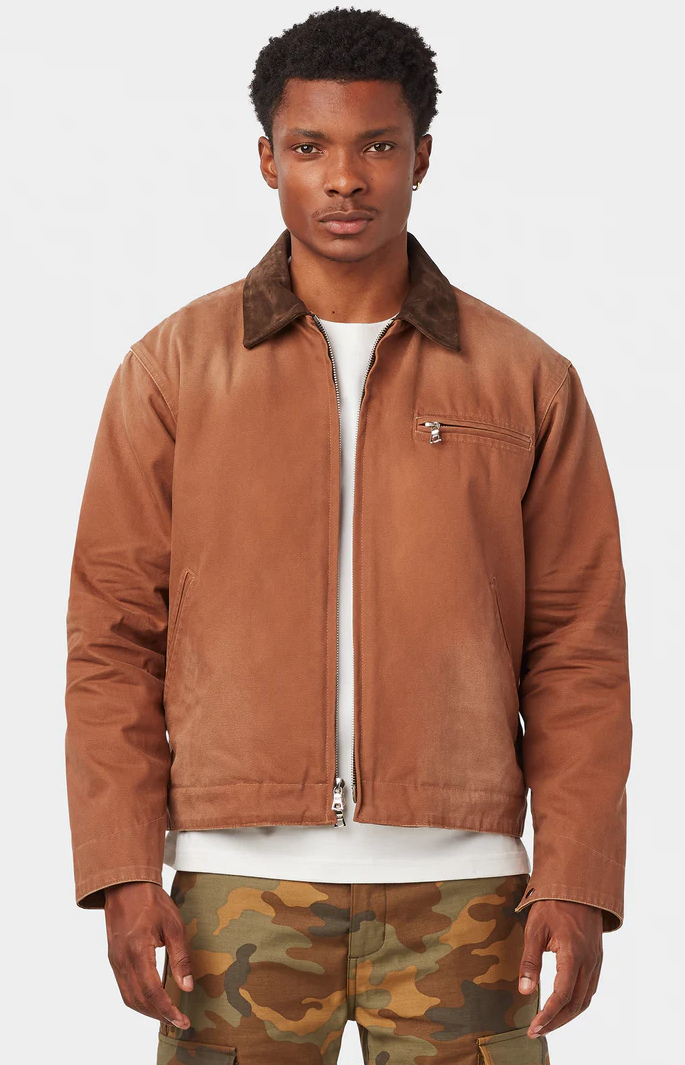RogerP
Distinguished Member
- Joined
- Nov 1, 2012
- Messages
- 9,906
- Reaction score
- 10,116
Rubber sole for anyone lives in inclement weather conditions and needs to walk outdoors on a daily basis.
Goodyear, hand sewn, or whatever construction with either single, double or triple sole will be soaked through and through up to the leather upper.
I would much prefer dry feet instead of wet feet in leather soles. But its just me.
It's not just you. And you should see what rock salt does to wet leather soles in the winter.

 ).
).


